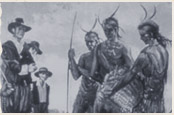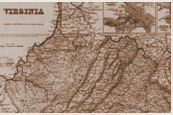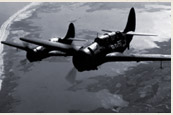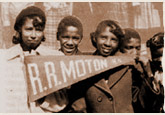Paying the Excise Man
Library of Congress
Landing of the Loyalists
Canada’s Digital Collections
Description: These images depict treatment of Loyalists and also the departure of many after the war. Paying the Excise Man is a political cartoon printed in a London newspaper that shows the Sons of Liberty pouring tea down a tarred and feathered tax collector’s throat while Bostonians dump tea into the harbor. This complex cartoon is perfect for analyzing the Loyalist perspective on the Sons of Liberty. The painting Landing of the Loyalists by Henry Sandham (1783) shows some of the tens of thousands of American colonists who emigrated from the United States to the new British colonies of New Brunswick and Upper Canada.
Teaching Tips:
"Do Now" Suggestions
- Discuss the methods of the Sons of Liberty. Were they freedom fighters or out of control renegades? Would students in London consider them heroes, why or why not?
- Discuss the painting Landing of the Loyalists and why the Loyalists would leave after the war. Discuss why the Patriots felt it necessary to impose such restrictions as freedom of speech and forfeit of property.
- Use these documents to create a fuller picture of the lives of loyalists during and after the war. Discuss the reasons and motivations for staying loyal to England and also the dangers. Invite student to give their opinions about the treatment of Loyalists and the rational behind leaving the new country after the war.
- With a partner have students analyze the cartoon, Paying the Excise Man. Have them infer where the cartoon was published and the message of the author. Also have them create the historical context for the image.



